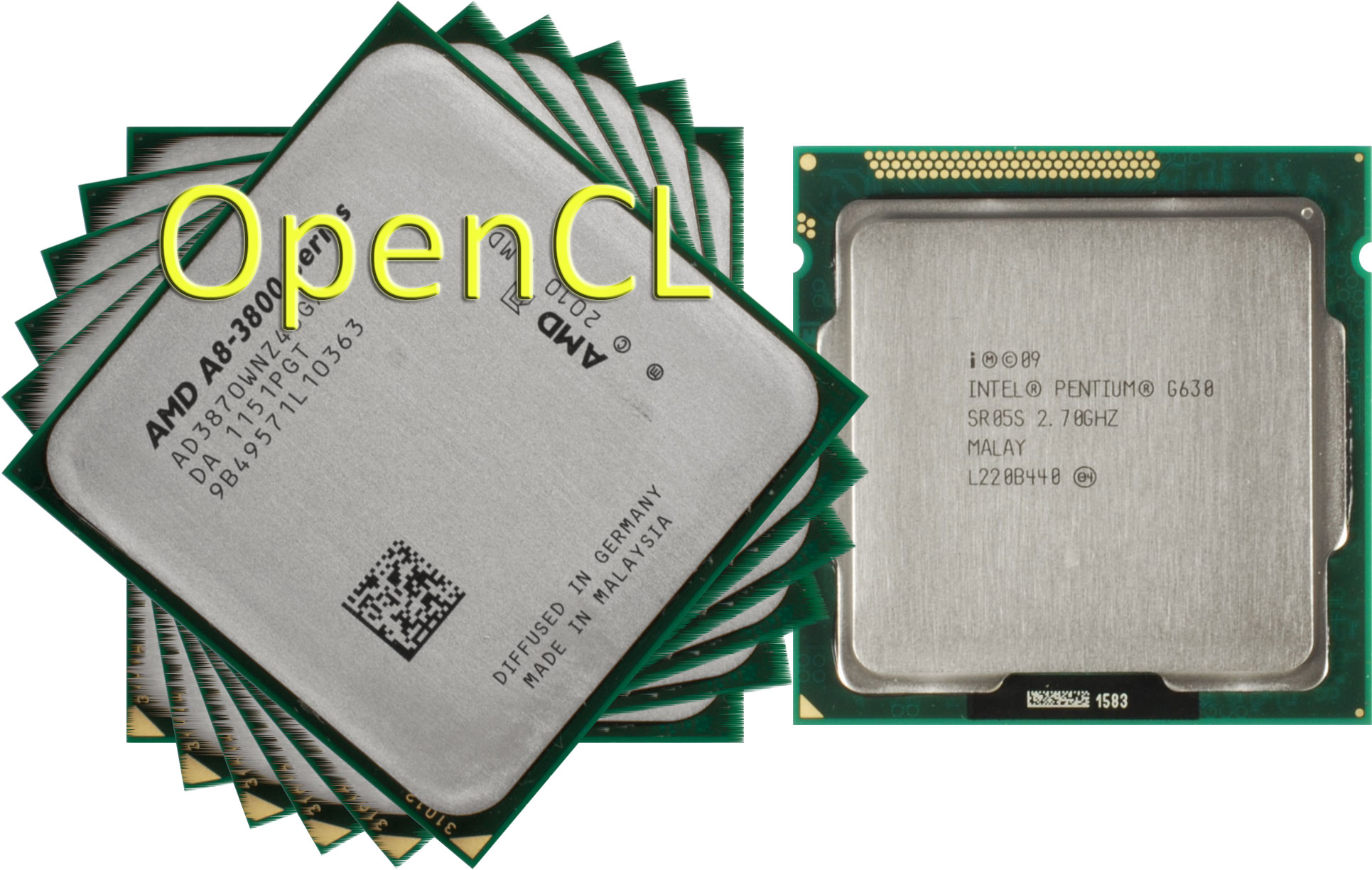Better With Time? The A8-3870 And Pentium G630, One Year Later
AMD's desktop APUs, which combine x86 cores and graphics resources, emerged more than a year ago. We take a Llano-based A8-3870 and compare its performance from 2011 to what you get today using new drivers, application versions, and OpenCL acceleration.
Quo Vadis, Llano? A Look Back and Ahead
More than one year ago, we published AMD A8-3850 Review: Llano Rocks Entry-Level Desktops to coincide with the company's client-oriented APU introduction. It was the first design we'd seen with more emphasis on graphics hardware than x86 cores. Up until that point, Intel's efforts to serve up integrated graphics took a back seat to its processor cores. Back then, editor-in-chief Chris Angelini concluded that, "Llano, as a package, is more balanced in a world where 3D pervades."
That wasn't meant to suggest Llano-based APUs could compete with entry-level discrete graphics. However, AMD's first desktop APU did give us a taste of what it'd be like to play a mainstream game at modest quality and resolution settings without the need for an add-in card. It was a small step forward, but a step nonetheless. The original vision for the Fusion initiative, which we covered in AMD Fusion: How It Started, Where It’s Going, And What It Means, was officially on its way.
The timing of AMD's emphasis on graphics couldn't be any better. Over the course of a few years, the company has lost ground to Intel in most comparisons of x86 performance, core for core, clock for clock. This started as far back as Intel's Core architecture. It was amplified by Sandy Bridge, which we saw in Intel’s Second-Gen Core CPUs: The Sandy Bridge Review, and further exacerbated by Ivy Bridge (Intel Core i7-3770K Review: A Small Step Up For Ivy Bridge). What does all of that mean for the end-user?
Mainstream vs. Enthusiast
It means that, depending on your workload, an Intel-powered machine could be a better choice. In other applications, as we'll see, AMD pulls into the lead. At any given entry-level price point, you're generally able to get a dual-core Intel chip or a quad-core model from AMD. In lightly-threaded apps, Intel's architecture shines. In parallelized tasks, AMD overtakes its competition with more processing resources.
But keep in mind that this sort of analysis is what you'd expect from enthusiasts, which we are. Not everyone breaks their hardware down by the workloads where it excels, or the detail settings it's able to achieve at playable frame rates. Regardless of whether you go with Intel or AMD, both entry-level processor line-ups provide more than enough performance for using office apps, browsing the Internet, and playing back the highest-definition video. Once you hit the Pentium/Celeron or A8/A6/A4 level, you're way ahead of what something like an Atom processor could muster.
The mainstream factor is what we're taking into consideration today. If you follow our Best Gaming CPUs For The Money or Best Graphics Cards For The Money columns, then you know that ~$110 is where we start getting excited about graphics and $100 is where CPUs catch our attention (though we still have recommendations all the way down in the $60 dollar range). Enthusiasts can't be bothered to care about anything under those prices. But a great many of our friends, family, and co-workers never notice if a given song takes 40 seconds to rip in iTunes or 55. They just want their computer to work so they can get on with their lives. You really can't impress those folks with neatly-organized benchmark charts. It takes something radically different to get their attention.
Get Tom's Hardware's best news and in-depth reviews, straight to your inbox.
Software Is Most Apparent
Giving a mainstream user a PC with a CPU that's 25% faster just doesn't really register with them. But what about software able to utilize hardware-based features to totally change the way they use their favorite apps? Take Intel's Quick Sync technology as an example, slashing the time it takes to re-encode a video for use on your mobile devices. Or how about OpenCL, allowing you to apply effects to a video by harnessing graphics resources? Hardware-accelerated encryption and decryption, advanced vector extensions, and 64-bit computing are all capabilities that have taken some time for the software community to harness, but are now paying off in dramatic ways.
When we first looked at AMD's Llano architecture, we saw that it more elegantly incorporated the compute power of an Athlon II with an entry-level Radeon HD 6000-series graphics card. What we weren't able to test back then were any of the applications that'd spring up to support the Fusion initiative, utilizing x86 and graphics resources together. More than a year later, that software is starting to become widely available from big-name devs.
We decided to take two mainstream systems, one based on AMD's Llano architecture and the other on Intel's Sandy Bridge design, and draw a few comparisons. Has the performance profile of each changed in the last year using the applications in our usual benchmark suite? We look at how the apps have evolved, from thread optimization to OpenCL support to improvements attributable to better drivers.
Current page: Quo Vadis, Llano? A Look Back and Ahead
Next Page Then And Now: Adobe Photoshop And WinZip